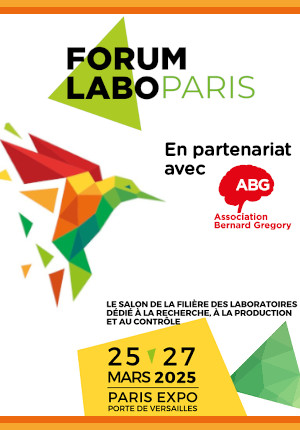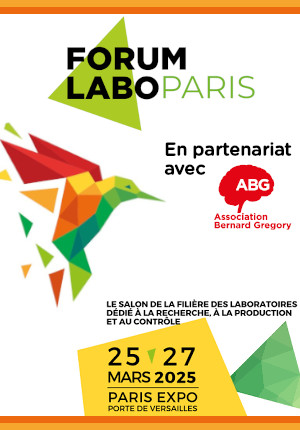Assessing the fate of emerging contaminants in the environment
| ABG-128669 | Sujet de Thèse | |
| 17/02/2025 | Contrat doctoral |
- Chimie
- Ecologie, environnement
Description du sujet
Context
The presence of emerging contaminants results either from direct emission or from diffuse emissions or re-emissions from contaminated soils or waterbodies. This phenomenon concerns a great diversity of molecules, which originate in human uses or activities releasing semi volatile organic compounds such as tire wear additives or perfluorinated compounds (PFAS). On one side, tire wear particles are a new focus as a form of environmental microplastics, with their role in air pollution expected to grow as tailpipe emissions decrease. On the other side, significant research currently focuses on PFAS due to the growing awareness of their toxicity and emerging regulations that often set their allowable concentrations at extremely low levels (a few parts per trillion, ppt). Despite this, many knowledge gaps remain regarding the environmental fate and transport of these compounds, often referred to as "forever chemicals" because of their environmental persistence. Given the limited reactivity of PFAS, a critical consideration is their partitioning behavior within environmental media. One particularly important aspect is the interaction between PFAS and microplastics, as these compounds are frequently found together due to their anthropogenic origins.
The main goal of this PhD thesis is to investigate using computational kinetics the atmospheric degradation processes of emerging contaminants at the molecular level unraveling their most favorable pathways, their atmospheric fate and impact to the environment as well as their ecotoxicity towards aquatic species. The goal is to inform the experiments on recommended products to look for, and vice-versa, to support the kinetics and products already identified. This project will also perform within the framework of a larger research program (CPER Ecrin; Labex CaPPA, and CDP AREA). This work will be conducted in close collaboration with the experimental works performed in the group led by Pierre Herckes at Arizona State University (ASU).
Prise de fonction :
Nature du financement
Précisions sur le financement
Présentation établissement et labo d'accueil
The PC2A is a multidisciplinary research unit, interested in the study of atmospheric and combustion environments. It has a large experience in gas phase and multiphase reactivity and deploys an expertise in environmental chemistry using both experimental and theoretical approaches.
Site web :
Intitulé du doctorat
Pays d'obtention du doctorat
Etablissement délivrant le doctorat
Ecole doctorale
Profil du candidat
Master’s degree or engineering degree in environmental chemistry or physical chemistry with average marks at the first session above 12/20 and only MsC. obtained in 2024 or that will be obtained in 2025. Skills in the field of atmospheric chemistry, molecular simulations (quantum chemistry, molecular dynamics) and chemical kinetics will be appreciated. A good level of English (written/spoken) will be essential (at least B2). A mobility between the University of Lille and American partner is asked. The work will take place at PC2A laboratory of the University of Lille.
Vous avez déjà un compte ?
Nouvel utilisateur ?
Vous souhaitez recevoir nos infolettres ?
Découvrez nos adhérents
 Généthon
Généthon  Nokia Bell Labs France
Nokia Bell Labs France  CESI
CESI  SUEZ
SUEZ  Institut Sup'biotech de Paris
Institut Sup'biotech de Paris  MabDesign
MabDesign  Institut de Radioprotection et de Sureté Nucléaire - IRSN - Siège
Institut de Radioprotection et de Sureté Nucléaire - IRSN - Siège  ONERA - The French Aerospace Lab
ONERA - The French Aerospace Lab  PhDOOC
PhDOOC  ADEME
ADEME  Laboratoire National de Métrologie et d'Essais - LNE
Laboratoire National de Métrologie et d'Essais - LNE  CASDEN
CASDEN  ANRT
ANRT  MabDesign
MabDesign  TotalEnergies
TotalEnergies  Ifremer
Ifremer  Tecknowmetrix
Tecknowmetrix  Aérocentre, Pôle d'excellence régional
Aérocentre, Pôle d'excellence régional  Groupe AFNOR - Association française de normalisation
Groupe AFNOR - Association française de normalisation











